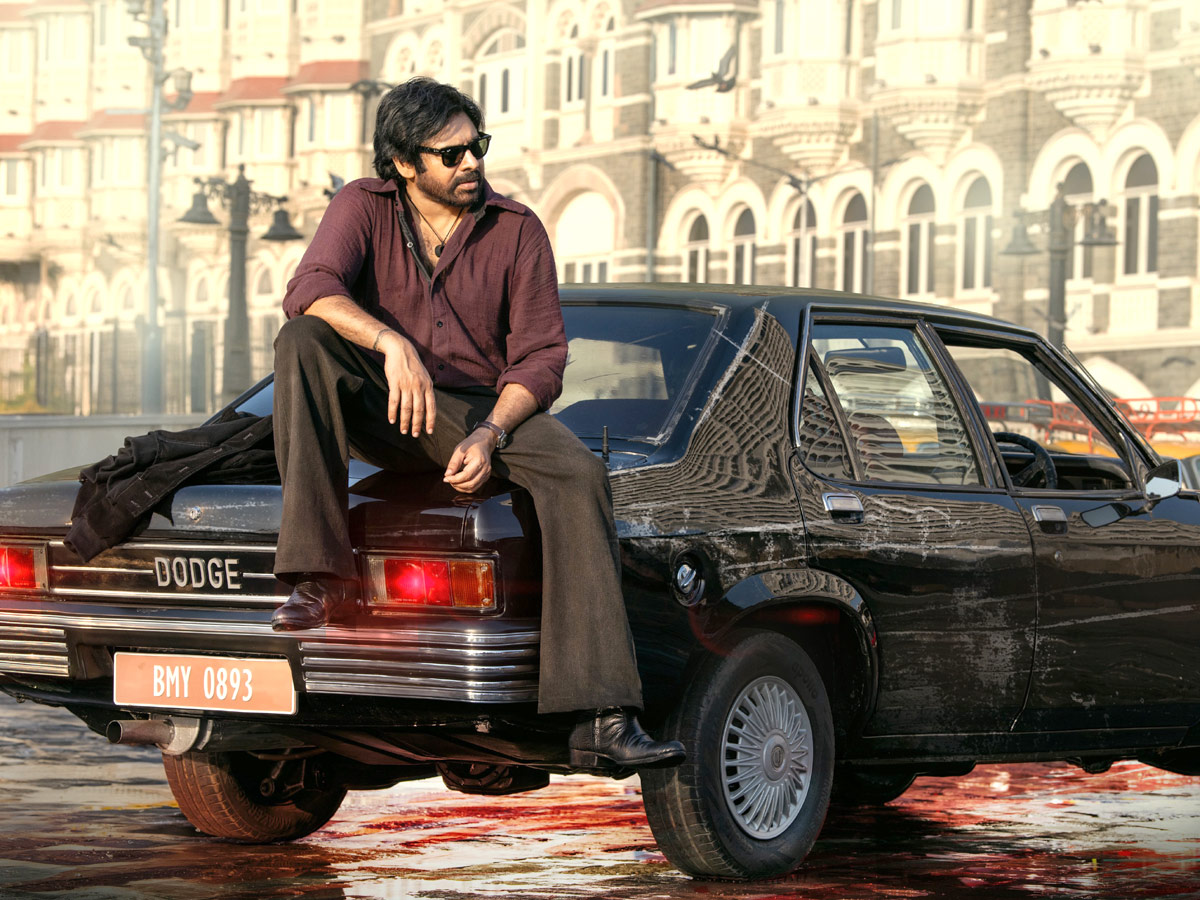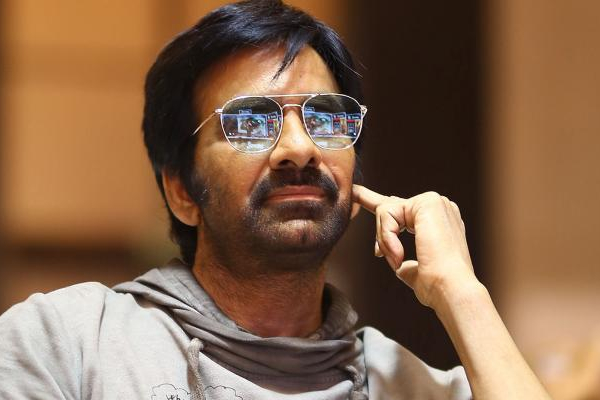
What’s it about?
Ojas Gambheera, aka OG (Pawan Kalyan), walked away from Mumbai and his mentor-like father figure Satya Dada (Prakash Raj) after a fateful incident fifteen years ago. Satya Dada, who controls the city’s port business, has already lost one son in the past, and now his second son too has been murdered. His grandson Arjun (Arjun Das) burns with vengeance, determined to confront OG, whom he blames for his father’s death.
Meanwhile, the ruthless Omi (Emraan Hashmi) awaits OG’s return for his own sinister reasons: to make him witness Mumbai’s destruction at his hands.
OG does come back, but under tragic circumstances: his wife Kanmani (Priyanka Mohan) is killed, and his daughter is kidnapped. The battle that follows is not just about saving his daughter, but also about reclaiming Mumbai’s fate. Why did OG abandon Satya Dada all those years ago, and what destiny awaits him now?
Analysis
“OG” marks not only Pawan Kalyan’s return to the gangster genre after more than a decade but also his first collaboration with young director Sujeeth. While audiences didn’t fully embrace Pawan Kalyan’s gangster portrayal in “Panja” years ago, Sujeeth managed to whip up unprecedented frenzy ahead of release by showcasing the star in a suave, larger-than-life gangster avatar. As the title “They Call Him OG” (or simply ‘OG) suggests, this is a full-blown gangster drama. But Sujeeth gives it his own stylish spin.
After the release of Prashanth Neel’s KGF, few directors have been able to resist its influence on mass action dramas, and OG is no exception. Sujeeth’s film draws on similar elements like port businesses, mafia rivalries, gang wars, and a retro aesthetic. While the story begins in 1940s Japan, the bulk of the action is set in the late 1990s.
Sujeeth, a self-professed fan of Pawan Kalyan, has clearly crafted sequences designed to appeal directly to the actor’s fanbase, presenting him in one of his strongest avatars in recent times. The film takes inspiration from Pawan Kalyan’s own signature style, Neel’s narrative approach, and even nods to Trivikram, with a key incident reminiscent of Atharintiki Daaredi. There is also an attempt to connect this story to Sujeeth’s Saaho universe. Despite weaving together these threads and homages, the director establishes the drama effectively, with a first half that steadily builds toward the main conflict and an interval bang that lands with impact.
For me, the standout sequence in the film is the police station episode immediately following the interval. The execution, combined with Pawan Kalyan’s intense performance, elevates the tension and raises expectations for the drama to come.
Unfortunately, the film struggles to maintain this momentum afterward, with the narrative gradually losing steam.
The sequence involving Arjun Das and Sriya Reddy not only suffers from logical inconsistencies but also weakens the overall drama. Interestingly, the impact of Pawan Kalyan’s declaration, “Ojas Gambheera…Naa Kodakallara,” which worked so well in the trailer, is noticeably truncated in the film.
Sujeeth clearly understands how to craft fan-service moments, but the writing lacks the emotional depth to give them real weight. These sequences work individually, yet fail to come together into a compelling narrative. Still, the final climax, coupled with a teaser for the second part and a post-credit scene, adds a measure of value to the overall experience.
As the gangster Ojas Gambheera, Pawan Kalyan seethes with controlled rage. His performance is not merely designed to thrill his loyal fan base; it carries a raw, magnetic power that commands attention even from the regular viewer. This is his best appearance in a long time.
Emraan Hashmi, in his maiden Telugu outing, is effective as the antagonist Omi. Equal parts stylish and menacing, his villainous presence adds heft and flair to the narrative.
Priyanka Mohan, though limited in screen time, brings emotional depth as Pawan Kalyan’s wife. Prakash Raj is excellent as the Satyanarayana, while Arjun Das makes his mark in a key role. Sriya Reddy delivers strongly as Geetha, and actors like Abhimanyu Singh, Tej Sapru, and Subhalekha Sudhakar leave a mark in their respective parts.
Director Sujeeth, who previously showcased his technical flair in Saaho, once again demonstrates his command over scale and craft. Cinematographer Ravi K. Chandran paints the frames with moody noir tones and sleek, stylized visuals that perfectly suit the genre.
The true standout, however, is composer Thaman, who reinvents himself with a gripping background score. His music does more than enhance the film’s mood; it often becomes a standalone auditory experience, commanding attention in key moments. It would not be an exaggeration to say that his score serves as the main oxygen of the film, injecting it with energy and giving it life.
Editor Nooli brings energy to the storytelling with sharp cuts, though, as in his earlier works, a tighter grip on the second half would have enhanced the overall pace.
Bottom-line: “OG” ultimately stands as a film designed primarily for Pawan Kalyan’s fans. Thaman’s pulsating score, arguably the best of his career, combined with Sujeeth’s stylish presentation, elevates a film that otherwise suffers from a weak storyline and an underwhelming second half. While the film delivers several fan-pleasing highs and highlights Pawan Kalyan’s signature swag, it falls short of being a consistently gripping gangster saga due to underdeveloped characters and a predictable storyline. This is a film made by a fan for the fans, providing a decent cinematic experience.
Rating: 3/5
By jalapathy gudelli
Movie: and
Cast: Pawan Kalyan, Pryanka Mohan, Emraan Hashmi, Prakash Raj, Sriya Reddy, Arjun Das, Abhimanyu Singh,
Music: Thaman S
Director of Photography: Ravi K Chandran
Production Designer: AS Prakash
Editor: Navin nooli
Action Masters: A Vijay, Peter Hein, Dhilip Subbarayan, Kevin Kumar, Stunt Silva, Sunil Rodrigues, Kecha Khampakdee, Juji, Supreme Sundar, Jashwa, Parvez
Producers: DVV Danayya, kalyan dasari
Written and Directed by: Sujeeth
Release Date: September 25, 2025





